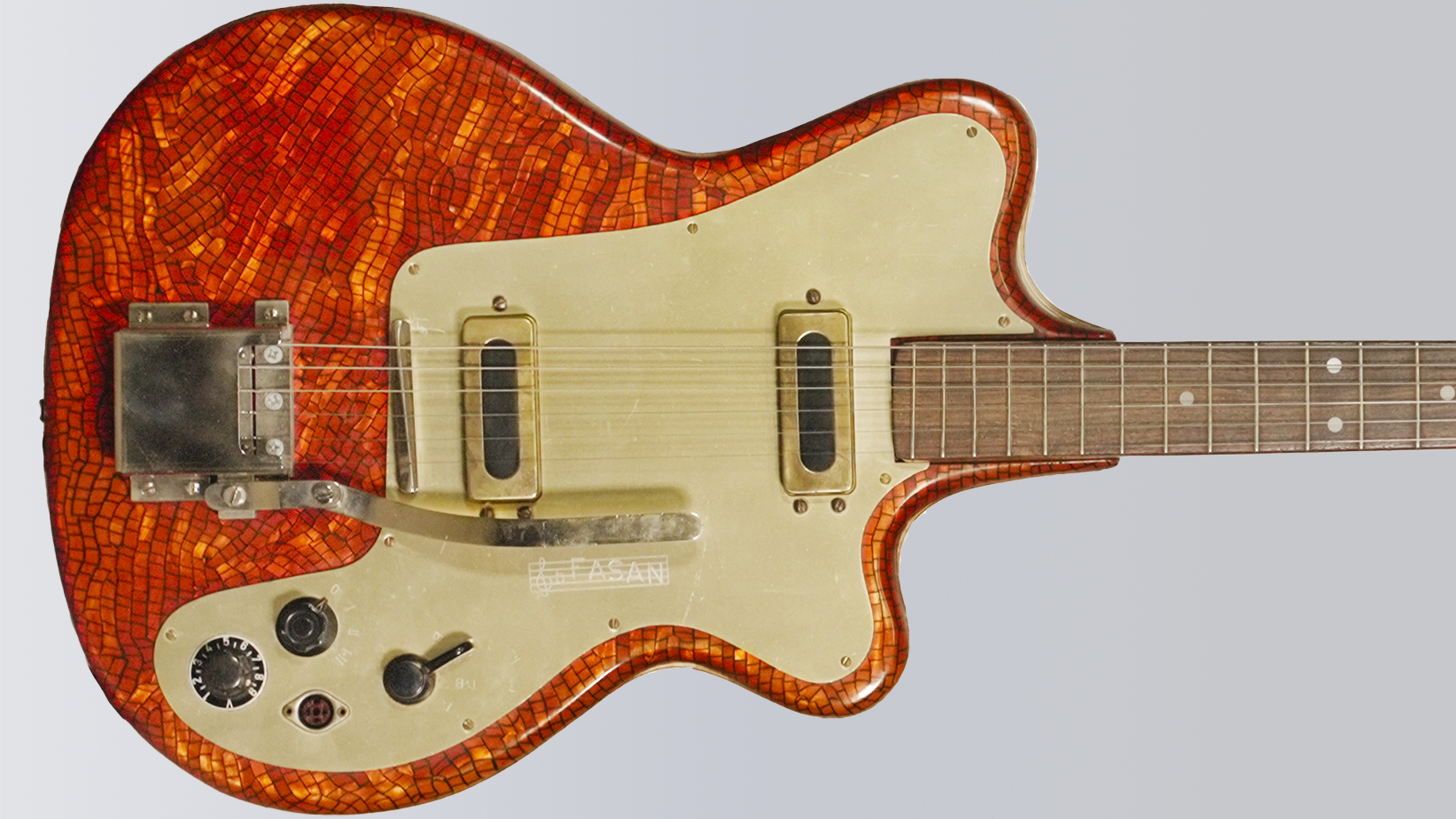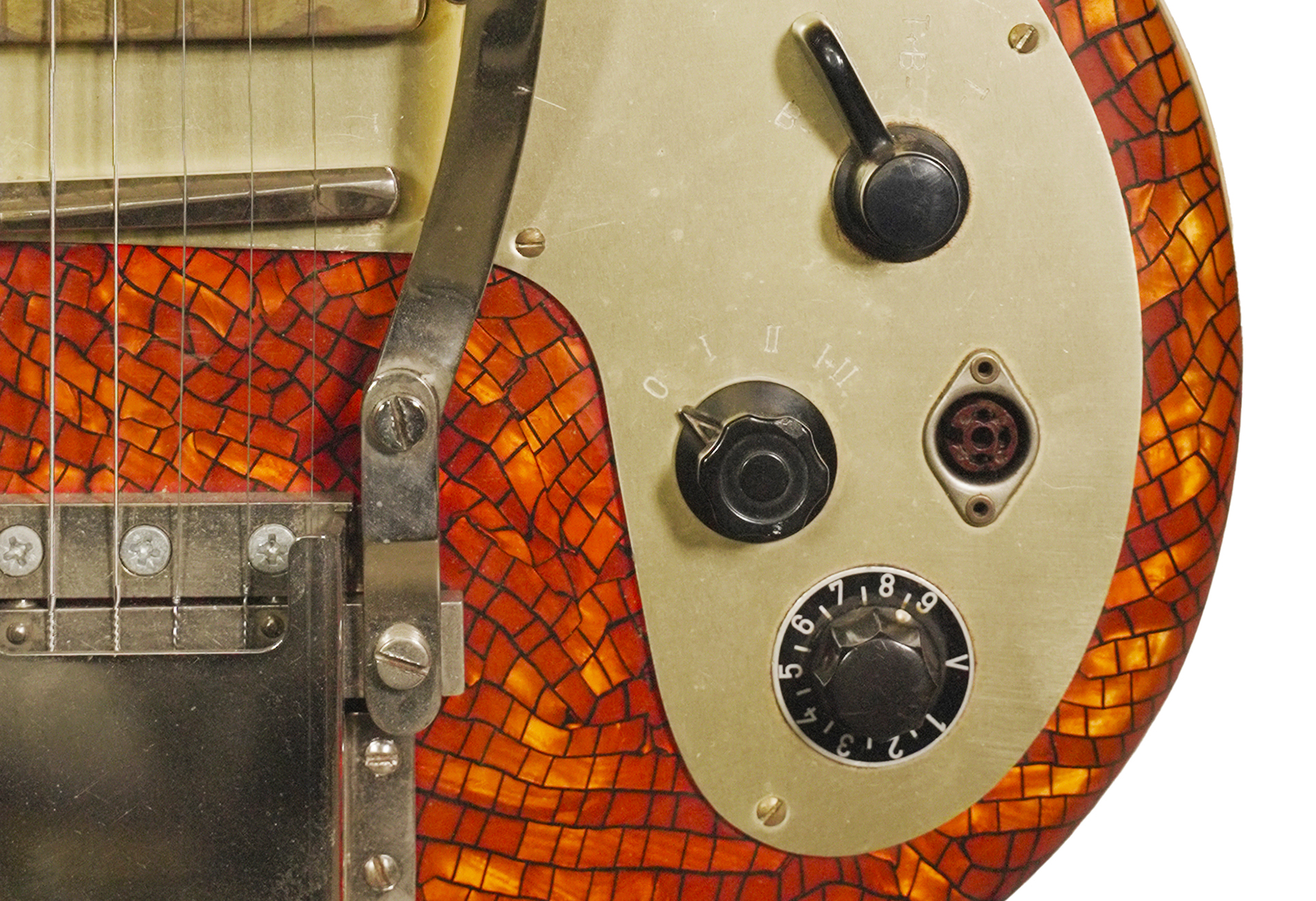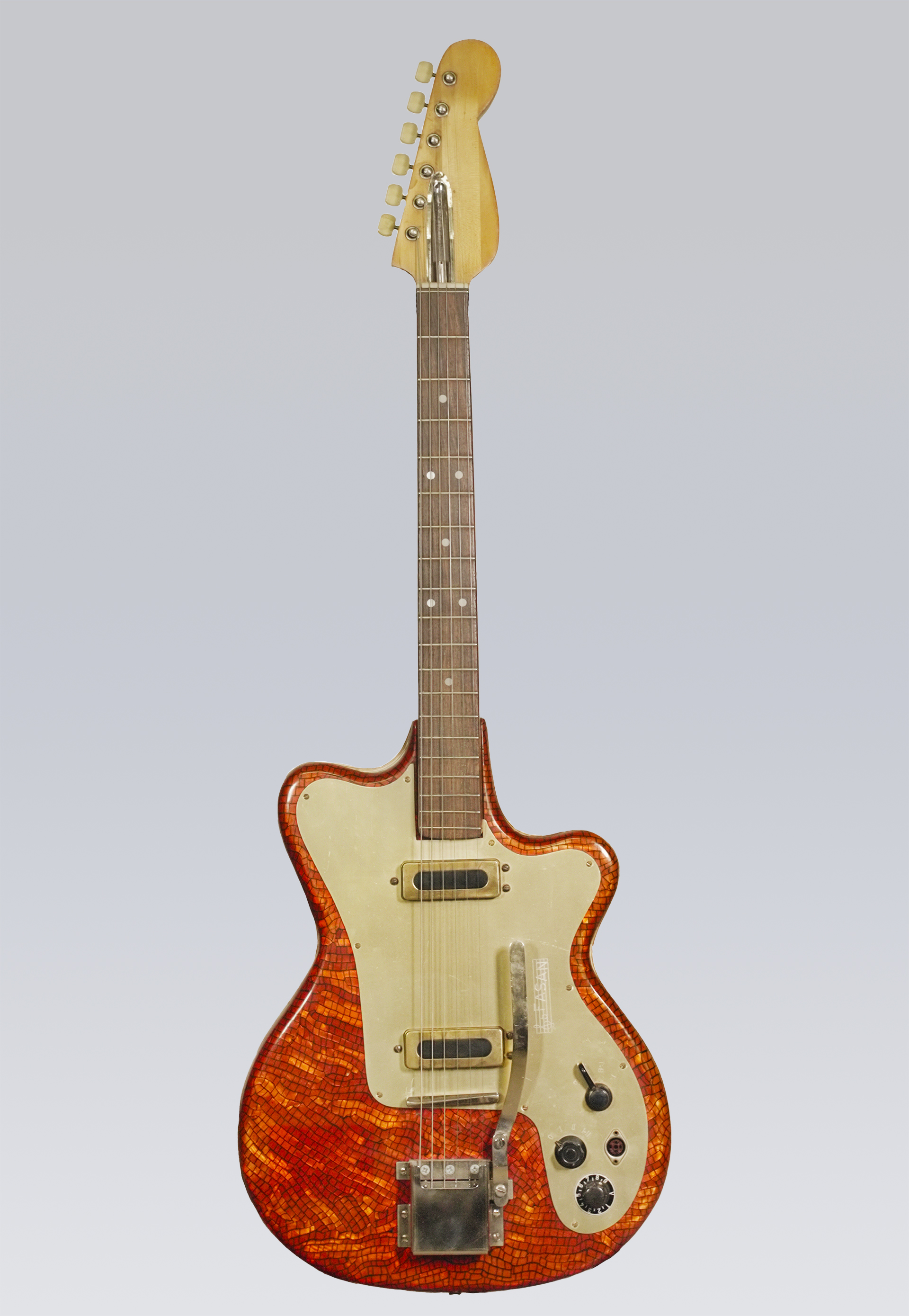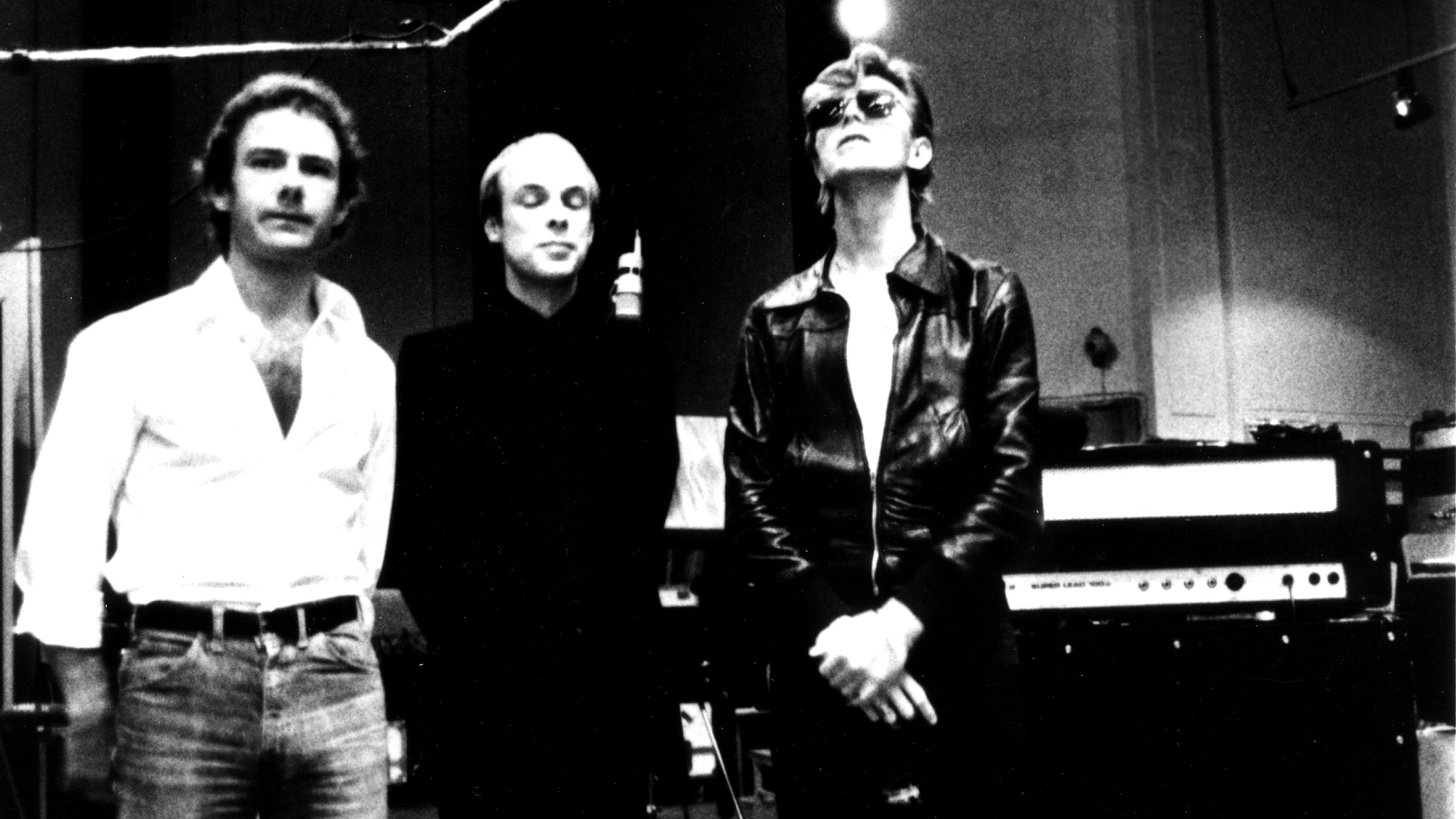“Buying it was a leap of faith. But It looks stunning, plays beautifully and sounds unique.” A rare 1964 solidbody guitar turned out to be completely different from what it seemed
The author purchased the guitar sight unseen and was surprised by what he discovered when it arrived

An electric guitar from the 1950s or ’60s loaded with buttons, switches, knobs and a garish plastic-wrap finish practically screams European import. Such is the case with this 1964 Fasan solidbody. The guitar was manufactured by Franz Sandner under his Fasan brand, which takes its spelling from the F, A and SAN in his name.
Sandner was a professional German luthier who began making accordions, orchestral instruments and guitars in 1946. He was known for offering a broad spectrum of guitar models, which was impressive considering the company was not much more than a small shop with fairly low production numbers.
Fasan’s solidbody models, which include the Holiday, were among the rarest of his builds. The orange mosaic beauty shown here may be even rarer, as I’ve yet to determine if it even had a model name or number designation.
While the orange mosaic plastic is decidedly unusual, it’s essentially the only weird thing going on here. The rest of this guitar is all business. It’s a really solid build, and, at 60 years old, still works quite well, strangely enough. The maple neck is straight, and the rather flat 1/4-inch-thick rosewood fingerboard is true and comfortable. It has 19 nicely dressed frets (if you don’t count the zero fret), and they’ve retained their shine over the years.
The electronics work quite well and are completely noise-free, an oddity given the guitar’s age and provenance. The ruggedly built tremolo system works smoothly, dropping the pitch about a quarter step and returning to pitch well. The bridge is height adjustable and compensated, but can’t be intonated. That said, the guitar plays relatively in tune up and down the neck, and there’s an adjustable truss rod as well.
I bought this Fasan online in defiance of my mantra, “Try it before you buy it.” In doing so, I allowed myself to get fooled: the neck markers are arranged in a way that might make you think it has 22 frets, but the double dots are on the ninth fret, rather than the 12th.

The four-pin DIN output jack is a challenge, for obvious reasons, but once you get around the wiring scheme, it’s a nonissue. The pickups have an 8k-ohm output, about the same as what you’ll find on a Telecaster. While some of the sound combinations are Tele-esque, I couldn’t help notice that the Fasan’s sound is very reminiscent of my English-made, solidbody Vox Phantom. But unlike my Vox, this guitar is so quiet that I wasn’t certain it was plugged in. Often, guitars with brass pickguards and metal pickup rings squeal like banshees, especially with single-coil pickups, but the grounding on this guitar is remarkable.
All the latest guitar news, interviews, lessons, reviews, deals and more, direct to your inbox!
Electronics include a master volume that is wonderfully linear and suffers no tone loss as you turn it down, and a four-position pickup selector: silence (0), neck (I), bridge (II) and both pickups (III). The neck position is predictably warm-sounding, but the bridge and neck pickups together just rips. Muted strums have a nicely defined “chick” that’s perfect for funk and equally fun for grabbing false harmonics when playing with distortion.

But it’s the four-position tone selector that is this rarity’s true hidden gem. Rather than using global tone knobs, the guitar has four musical-sounding presets: treble cut (T-), treble boost/bass cut (T+ B-), treble boost/bass boost (T+ B+), and bass cut (B-). It’s almost like having an active EQ.
I paid about a thousand bucks for my Fasan — a leap of faith, as I knew nothing about these guitars. But presumably, this wasn’t a department store guitar when it came out, so it has maintained its quality and value. It looks stunning, plays beautifully and offers some cool and unique sounds. If you see one at a good price, grab it.
Got a whack job of your own? Contact me at rtcarleton@gmail.com. Who knows? Maybe I’ll feature it here.
